Robots that cut, bees that bite
An extraordinary year is drawing to a close. ETH News takes a look back at the highlights that emerged amidst difficult and unsettling times, at ingenious ideas, fascinating science and solidarity in action during – and despite – the coronavirus pandemic.

January
New year, new inventions: ETH researchers created an 18-carat gold that is ten times lighter than normal 18-carat gold. They achieved this by replacing metallic alloy elements with a matrix of protein fibres and plastic.
Another invention celebrated its world premiere: a research team developed a machine that can keep a liver alive outside the body for a week, making it possible to treat a liver prior to transplantation.
And for ETH, the World Economic Forum in Davos was about more than science: under its “Rethinking Creativity” slogan, the university dedicated its public exhibition to the interfaces between science and art.
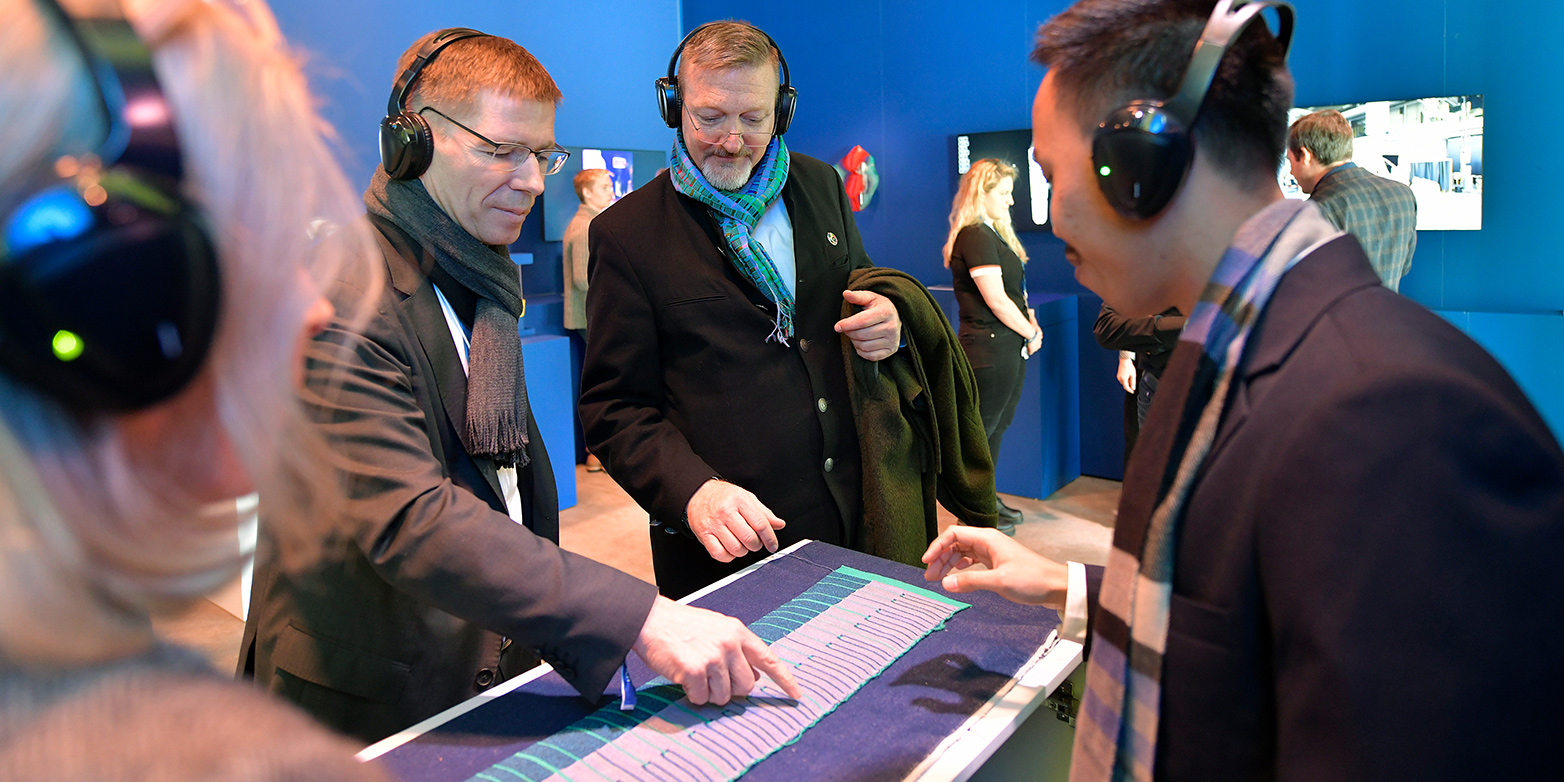
February
The planet Mars does in fact experience quakes about once a day on average, as researchers from ETH Zurich and partners were able to show fifteen months after NASA’s InSight Mars Lander touched down on the Red Planet.
Meanwhile on Earth, agricultural scientists showed that greater biodiversity also has a positive impact on a farm’s bottom line. By nurturing biodiversity on their land, farmers can increase their revenues.
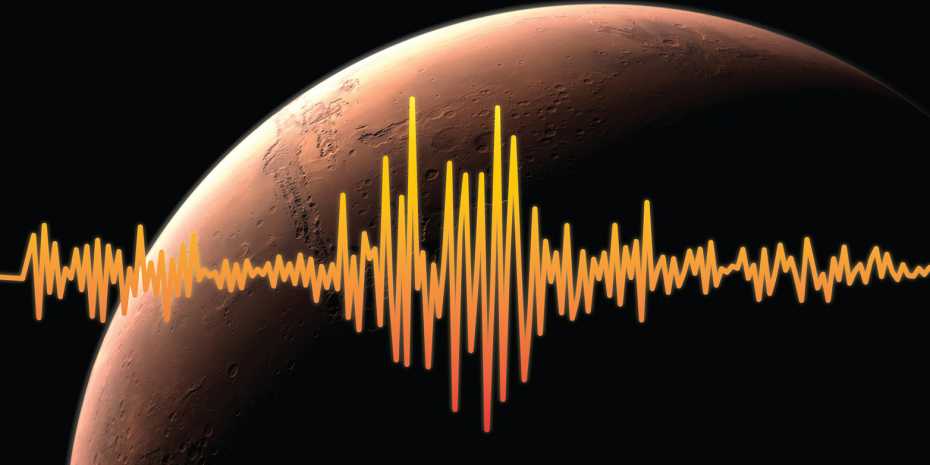
March
Researchers from ETH Zurich and the Swiss Federal Laboratories for Materials Science and Technology (Empa) printed complex objects with a cellulose composite material. What sets these objects apart from other cellulose-based items produced by 3D printing is their higher cellulose content, which the researchers achieved by means of a clever trick.
Yet come mid-March, no clever trick could help when Switzerland’s Federal Council put the country in lockdown due to the coronavirus pandemic. As a result, the ETH Executive Board decided to suspend on-site lectures from 16 March until the end of the semester, switching to remote learning instead.
But necessity is the mother of invention, as the saying goes, and students and researchers launched a whole host of projects and initiatives in response to the pandemic. The “helpfulETH” emergency research initiative saw engineers develop technical solutions for hospitals and other healthcare facilities. Another group launched the “breathe” project to develop an inexpensive, user-friendly ventilator aimed at alleviating the shortage of such devices in emerging and developing countries. Researchers from ETH and EPFL developed the SwissCovid app, which would be installed on 1.8 million smartphones and iPhones in Switzerland during the pandemic. The founders of “Students4Hospitals” also wanted to lend a hand: students from all disciplines can register on the site to volunteer at a healthcare institution. Pharmacy students also stepped up to support the healthcare system by setting up “pharmadelivery” – a platform to connect pharmacies quickly with students who are eager to help.
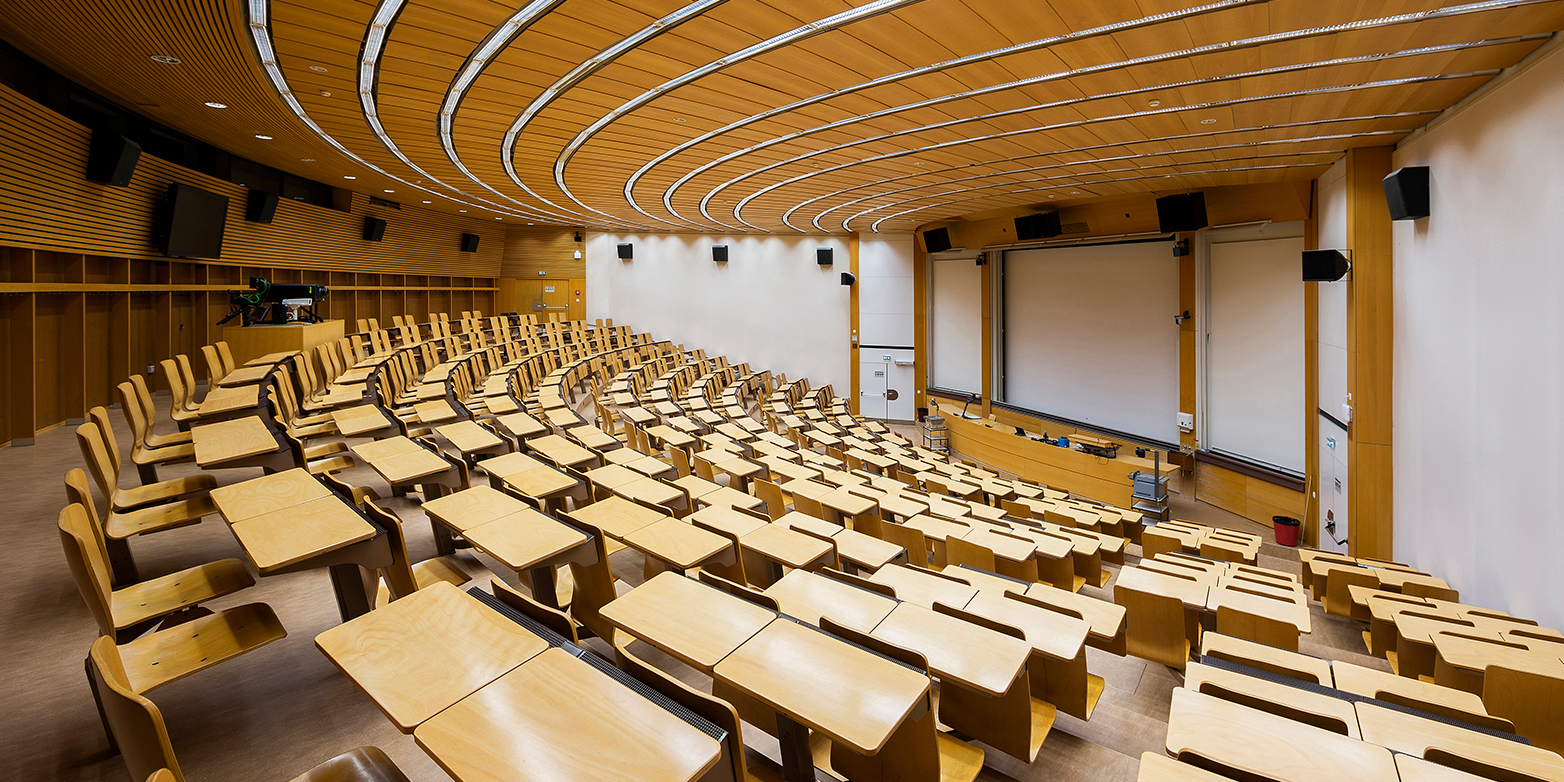
April
Thick smoke from using dirty coal heaters makes life tough in the Mongolian winter. ETH geophysicists are now helping to develop geothermal energy as a clean alternative.
Meanwhile, process engineers analysed various possibilities for reducing the CO2 emissions from production in the chemical industry to net zero. Their conclusion? The chemical industry can, in principle, have a carbon-neutral future.
Although digital currencies such as Bitcoin or Ether are established cryptoassets, using them for payment is still a painfully slow process. ETH information security experts developed Snappy, a secure cryptopayment system which, true to its name, makes the process as quick as a snap of the fingers.

May
Augmenting reality with virtual content: the Media Technology Center at ETH Zurich is developing amazing formats and distribution methods for future digital media consumption.
Biologists and ecologists were amazed by an unusual behaviour they observed in bumblebees. If a plant isn’t flowering, worker bees bite into its leaves. They do this when pollen is in short supply to encourage the plants to flower more quickly.
Dynamic system specialists at ETH and MIT showed that mathematics can save people who get into difficulty at sea. Their algorithm uses data on currents to calculate the direction in which objects and people floating in water will drift, speeding up search and rescue operations.
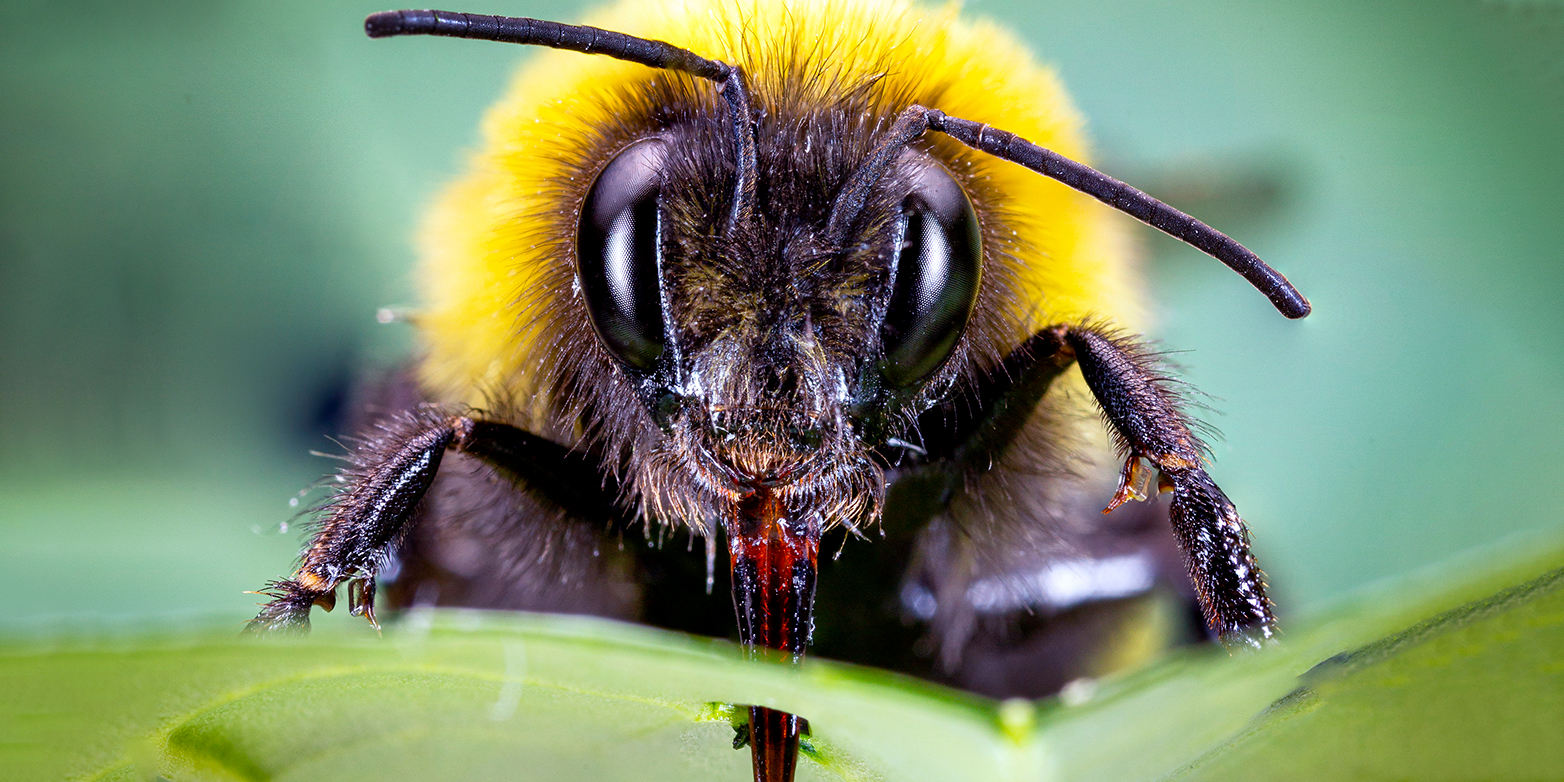
June
It is inconspicuous, flat and bristly. But once its little legs get going, it moves as smoothly and elegantly as a millipede: the magnetically controlled cilia carpet.
The languages that humans use to teach machines to compute should be elegant. Silq is the very first high-level programming language for quantum computers to fulfil this requirement. Designed by ETH computer scientists, Silq makes it possible to program quantum algorithms in a way that is comparably as intuitive, secure, and reliable as programming with traditional computer languages.

July
ETH electrical engineers and physicists have built a brand-new chip for ultrafast data transmission using light.
Meanwhile, geoscientists mapped corona structures on the surface of Venus. This revealed for the first time that the coronae make up a ring of fire around the planet. Coronae form when magma rises up from the centre of Venus and melts the crust.
Back to a different “corona” on Earth: ETH Professor Martin Ackermann was appointed as the new head of the Swiss National COVID-19 Science Task Force, which is advising the Swiss Federal Council and authorities during the coronavirus pandemic.

August
It was quite a spectacle when a 245-tonne circular concrete chamber was installed at the Hönggerberg campus. The chamber houses a large geotechnical centrifuge that is used to simulate earthquakes and their effects on soils and buildings.
Researchers from ETH spin-off Neustark demonstrated how concrete can be recycled to help protect the environment. Thanks to their technology, concrete recycling plants can store carbon dioxide over the long term.
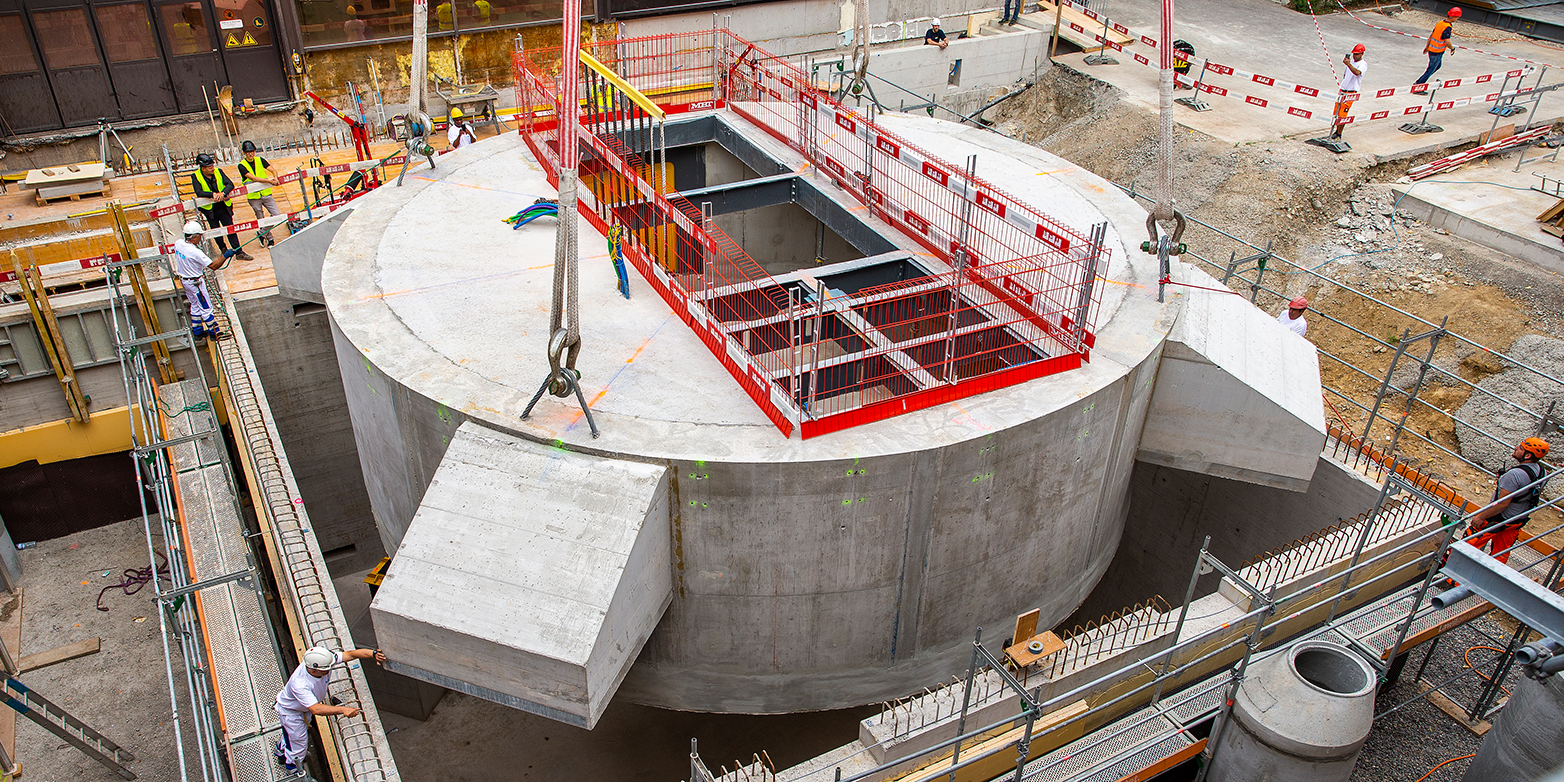
September
ETH Zurich expanded its Executive Board by adding two new domains. Julia Dannath-Schuh was appointed as the new Vice President for Personnel Development and Leadership, and Vanessa Wood as the new Vice President for Knowledge Transfer and Corporate Relations.
Another top accolade for systems biologist Ruedi Aebersold: he received one of the most prestigious Swiss science awards – the Marcel Benoist Prize – for his services to proteomics research.
There was a surprise in store for Mars researchers from ETH Zurich. In addition to registering quakes, their highly sensitive measuring instrument on the surface of Mars also recorded transits of the Martian moons in front of the sun.
Roboticists developed RoboCut, a hot-wire cutter robot whose wire bends flexibly as it works, which allows it to create highly complex objects in just a few cuts.
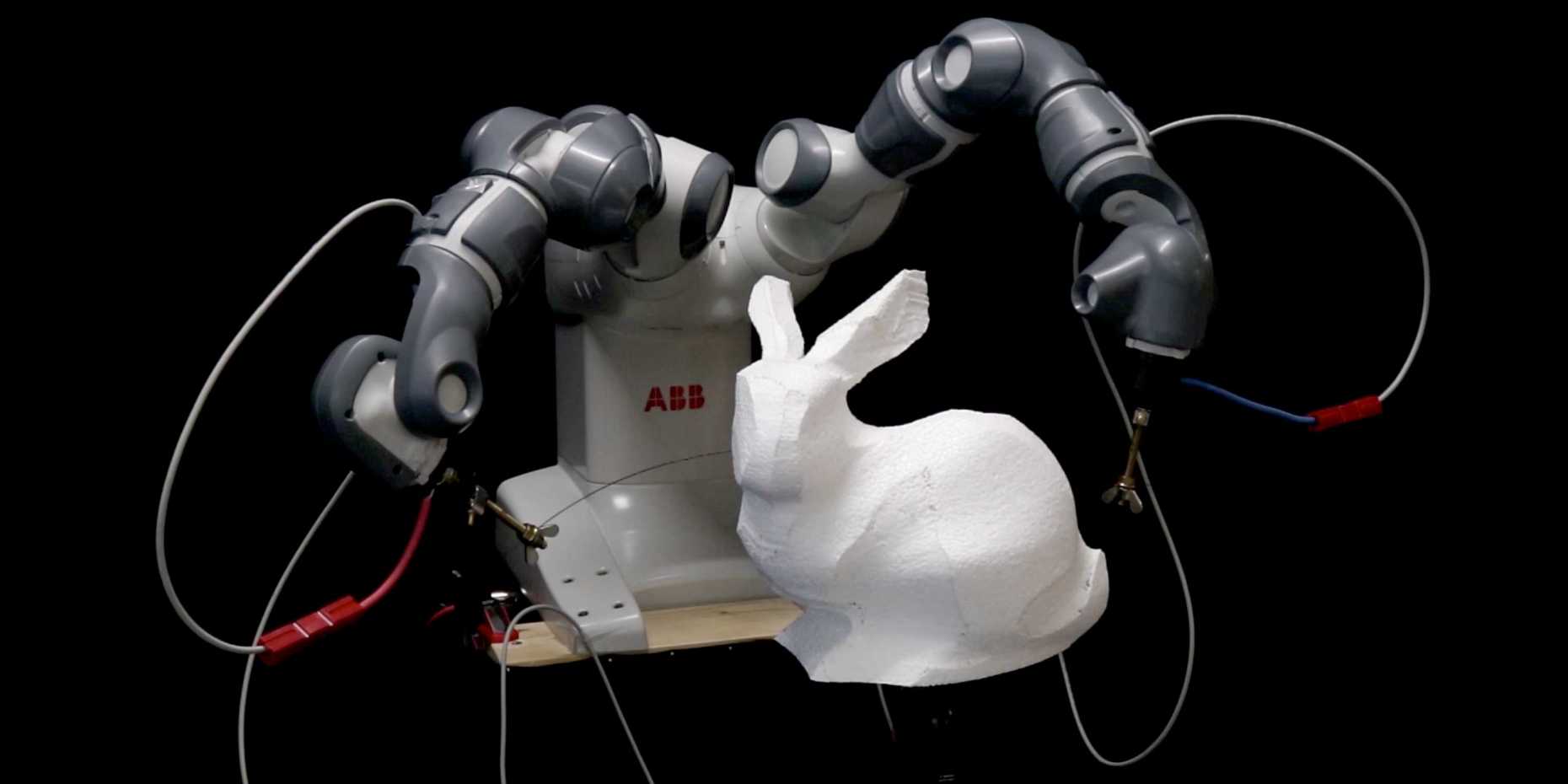
October
Neuroscientists developed a method to release drugs into the brain with pinpoint accuracy. In future, their approach could make it possible to deliver psychotropic drugs, chemotherapeutic agents and other medications only to the regions of the brain where they are needed.
ETH Zurich announced the opening of a new research centre for artificial intelligence. A core team of 29 professorships, a new executive director and a fellowship programme aim to promote interdisciplinary research into this key technology.
Africa too is set to benefit from ETH’s expertise: ETH Zurich has joined forces with Ashesi University in Ghana and major Swiss companies to establish a new Master’s degree programme – the idea being to educate and train engineers from Africa for Africa.
Civil engineers and architects from ETH achieved a remarkable feat of engineering: a doubly curved concrete roof, which required them to develop novel construction methods.

November
The show must go on: the second Cybathlon saw 51 teams from 20 countries compete against each other, this time from different time zones and locations due to the COVID-19 pandemic. As in the first edition four years ago, the pilots completed everyday tasks in six disciplines using of state-of-the-art assistance systems.
Chemical engineers from ETH demonstrated that DNA synthesis can be used to generate a huge true random number. It is the first time that a number of this magnitude was created by chemical-biological means.
A team of ecologists showed that European deciduous trees lose their leaves earlier in autumn if they photosynthesise more in spring and summer due to warmer temperatures. People generally expect the opposite – that leaves would fall later in autumn.
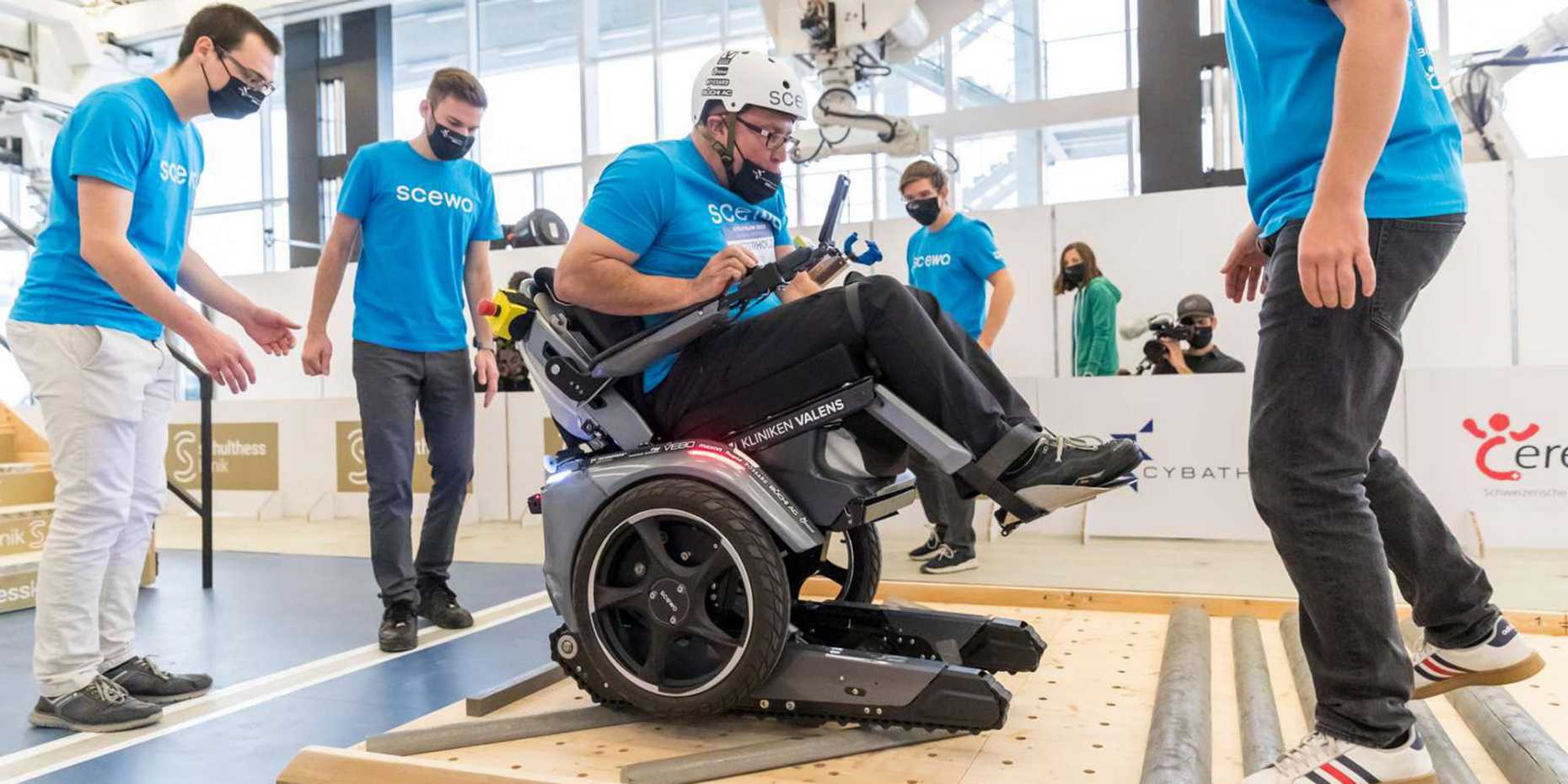
December
ETH researchers used magnetic bacteria to control liquids at the micro level. In future, these could be used in the human bloodstream for precision delivery of cancer drugs to a tumour.
Engineers from the ETH Feasibility Lab turned their attention to orthopaedics. They teamed up with the International Committee of the Red Cross (ICRC) to develop a prosthetic leg that allows easy replacement of its wearing part. In future, more victims of landmines could be fitted with such protheses.
ETH Zurich and EPFL also joined forces with the ICRC in the Engineering Humanitarian Aid initiative. The effort will harness the universities’ expertise and technologies in the fields of energy and the environment, data sciences, digital technologies and personalised health to benefit humanitarian aid programs.
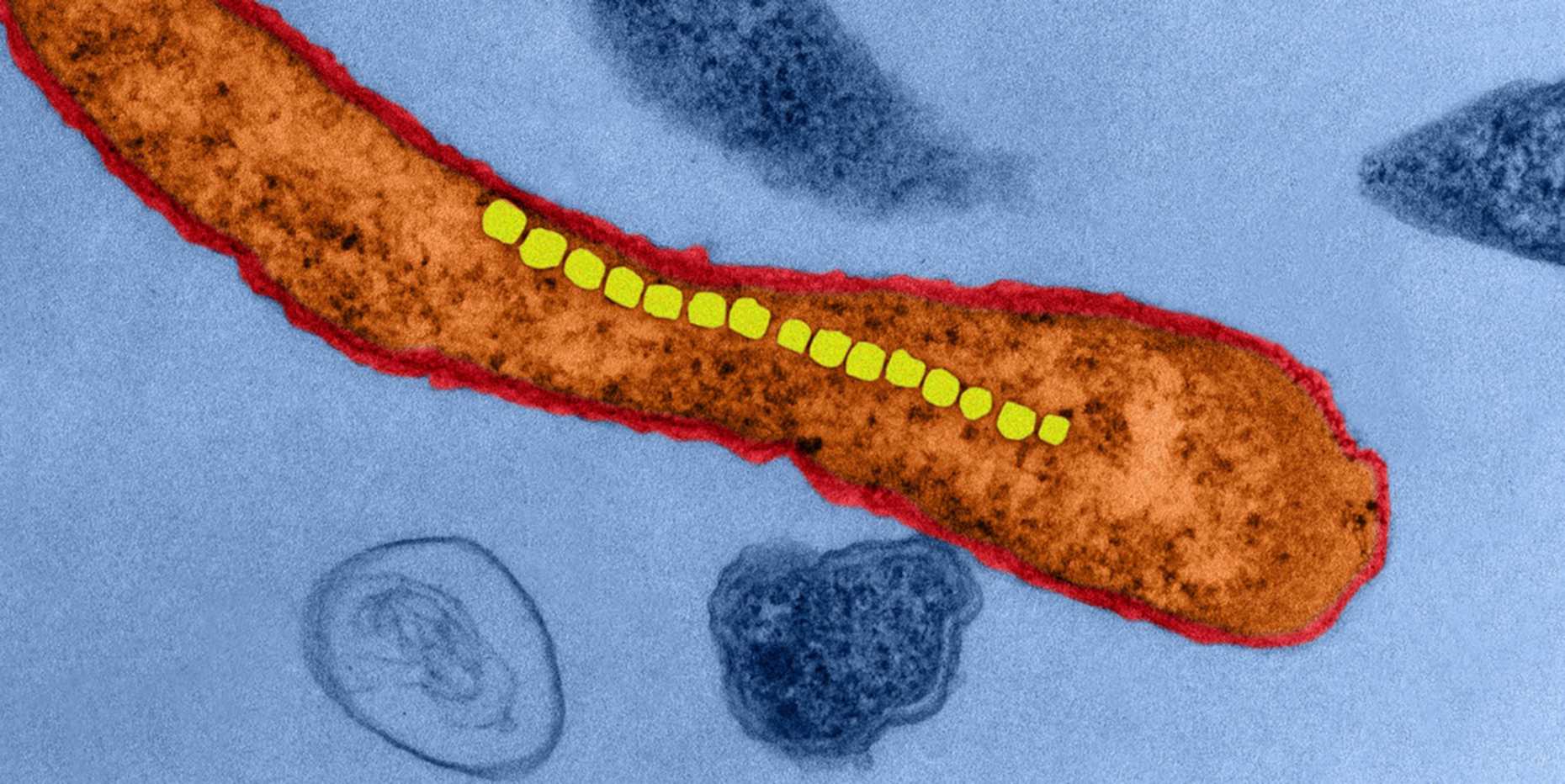
The ETH News editorial team wishes you, dear ETH News readers, happy, peaceful holidays and a happy new year.
Similar topics
- Research
- Society & Institution
- Teaching & Learning
- Innovation & Industry
- Coronavirus
- Locations
- Boards and university groups
- International
- ETH Zurich, Hönggerberg
- Research awards
- Executive Board
- People
- Administration and infrastructure
- Neurosciences
- Process engineering
- Mathematics
- Plant sciences
- Environmental sciences
- Agricultural sciences
- Robotics
- Pharmaceutical sciences
- Mechanical engineering
- Chemistry
- Quantum sciences
- Economics
- Geoinformation
- Civil engineering
- Biotechnology
- Biology
Comments
No comments yet